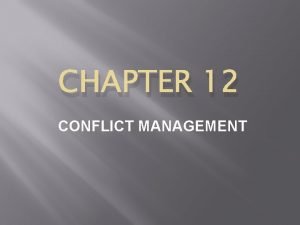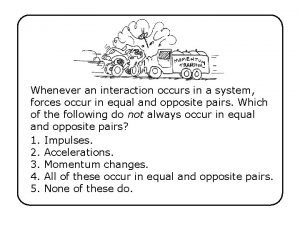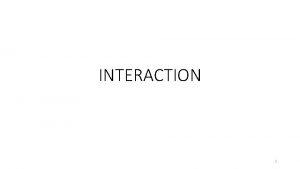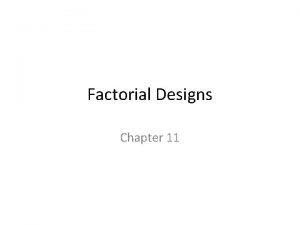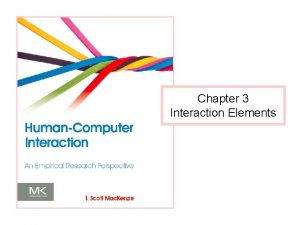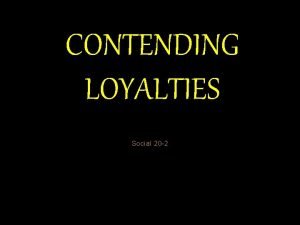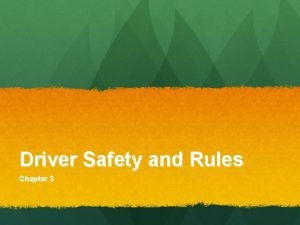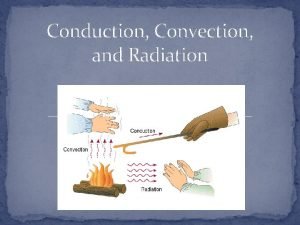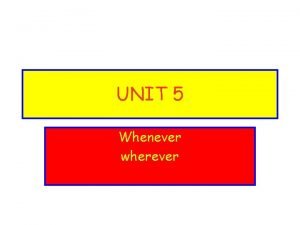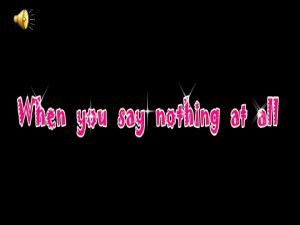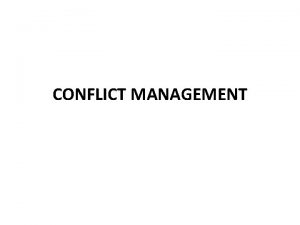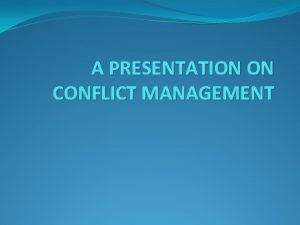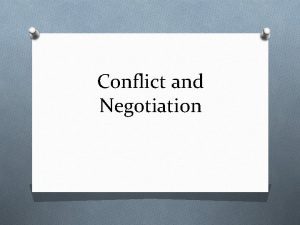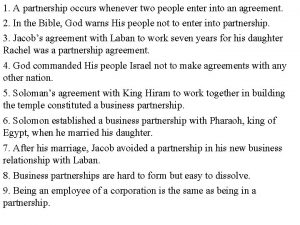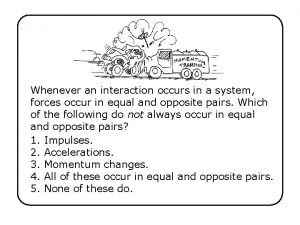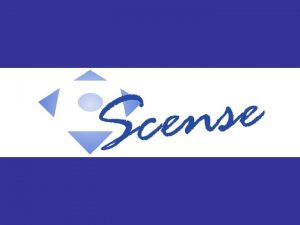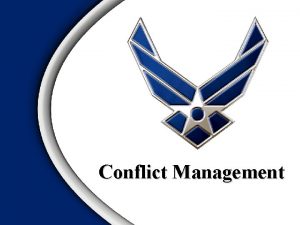CHAPTER 12 CONFLICT MANAGEMENT Introduction Conflict occurs whenever

















- Slides: 17

CHAPTER 12 CONFLICT MANAGEMENT

Introduction: � � � Conflict occurs whenever disagreements exist in a social situation over issues (work related or personal). Any situation in which incompatible goals, attitudes, emotions or behaviors lead to disagreement or opposition between two or more parties. Conflict is a process that begins when one party perceives that another party has negatively affected, or is about to negatively affect, something that the first party cares about.

Different Views about Conflict � The Traditional View. � The Human Relations View. � The Inter-actionist View.

Functional vs. Dysfunctional Conflict � � The conflicts which support the goals of the group and improve its performance , these are functional conflict , constructive forms of conflict. Whereas, the conflicts that hinder group performance are dysfunctional conflict. Task conflict Relationship conflict Process conflict

Levels Of Conflict Intrapersonal Conflict Approach–approach conflict Avoidance–avoidance conflict Approach–avoidance conflict � Cognitive and Affective conflict � Inter role conflict � Intra role conflict � Person role conflict �

Levels Of Conflict � � Inter individual conflict Individual – group conflict Inter group conflict Organizational level conflict

Sources of Organizational Conflict � � � � Line and staff competition Organization - individual disagreement Over lapping responsibilities Functional Interdependence Personality Clashes Disagreement over goals Bottlenecks in the flow of work.

The Conflict Process Stage I: Potential Opposition or Incompatibility The conflict process starts with the presence of conditions that create opportunities for conflict to arise. Conditions for the same can be – 1. Communication 2. Structure 3. Personal variables

Stage II : Cognition and Personalization This is the stage where conflict issues tend to defined. This is the place where the parties decide what the conflict is about. a. Perceived Conflict b. Felt Conflict Stage III: Intention Decisions to act in a given way in a conflict. A. Competing B. Collaborating C. Avoiding D. Accommodating E. Compromising

Stage IV: Behavior � � � The behavior stage includes the statements, actions, and reactions made by the conflicting parties. Conflict intensities escalate as they move upward along the continuum until they become highly destructive. Functional conflicts are typically confined to the lower range of the continuum.

Stage V: Outcomes may be functional – improving group performance or dysfunctional in hindering it. Conflict is constructive when it a. Improves the quality of decisions. b. Stimulates creativity and innovation. c. Encourages interest and curiosity. d. Provides the medium through which problems can be aired and tensions released

Conflict Management Styles

� � � It is a process in which two or more parties exchange goods or services and attempt to agree upon the exchange rate for them. There is a conflict of interest between two or more parties, i. e. what one wants is not necessarily what the other one wants. Eithere is no fixed or established set of rules or procedures for resolving. The conflict or the parties prefer to work outside of a set of rules and procedures to invent their own solution to the conflict.

Distributive Versus Integrative Bargaining Characteristic Distributive Characteristic Integrative Characteristic Available resources Fixed amount of resources to be divided Variable amount of resources to be divided Primary motivations I win, you lose I win, you win Primary interests Opposed to each other Convergent or congruent with each other Focus of relationships Short term Long term

Third Party Negotiation Mediator � Arbitrator � Consultant � Inquisitor � Avoider, delegator and impetus provider �

Negotiation Process Preparation � Evaluation of Alternatives � Identifying Interests � Making trade off’s and creating joint gains �

Issues in Negotiation The role of personality traits in negotiation � Gender differences in negotiations � Cultural differences in negotiations. �
 Conflict occurs whenever
Conflict occurs whenever An interaction occurs whenever
An interaction occurs whenever An interaction occurs whenever:
An interaction occurs whenever: An interaction occurs whenever:
An interaction occurs whenever: An interaction occurs whenever
An interaction occurs whenever Role conflict occurs when fulfilling the role expectations
Role conflict occurs when fulfilling the role expectations Besides being required for diver training
Besides being required for diver training Non nationalist loyalties
Non nationalist loyalties Whenever the weather
Whenever the weather A leaping frog is an example of which type of motion
A leaping frog is an example of which type of motion Swabi stand for
Swabi stand for Whenever possible, child car safety seats should be placed
Whenever possible, child car safety seats should be placed Whats conduction convection and radiation
Whats conduction convection and radiation Whenever there is too little friction or traction
Whenever there is too little friction or traction Whenever or when ever
Whenever or when ever Power grip emt
Power grip emt Diversatech plastics group
Diversatech plastics group Whenever you say good!
Whenever you say good!
